What is Sensory Integration?
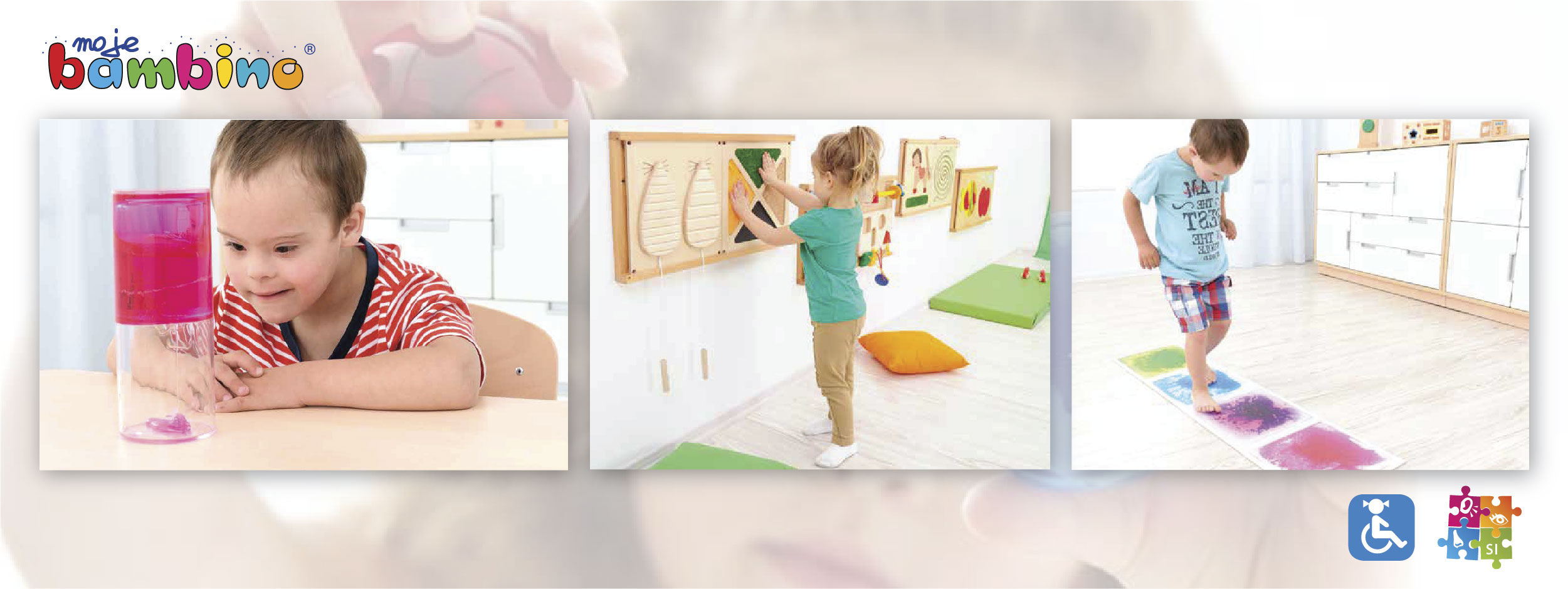

The theory of sensory integration (SI) was developed, starting in the 1960s, in the United States by occupational therapist Jean Ayres.
The theory describes sensory integration as a neurological process that integrates and organizes all the sensations we experience from our own body as well as from the outside (taste, sight, hearing, touch, smell, movement, gravity and position in space) and we receive continuously. In turn, it relates this process to the ability of the human being to carry out motor actions effectively in different environments. The proper functioning of our brain, by processing this large amount of information, allows us to continuously produce responses adapted to our environment and the things that take place in it. This forms the basis of academic learning and social behavior.
Children with SI Issues
Not all children with learning, developmental or behavioral problems have a sensory integration dysfunction. There are, however, certain indicators, which can indicate to parents if such dysfunction is present. Here are some signs:
-Coordination problems: Some children may have a poor balance, while others have great difficulty in learning to perform new tasks that require motor coordination.
-Unusually high or low activity level: The child may be constantly on the move or, it may be slow to activate and fatigue easily. Again, some children may fluctuate from one extreme to another.
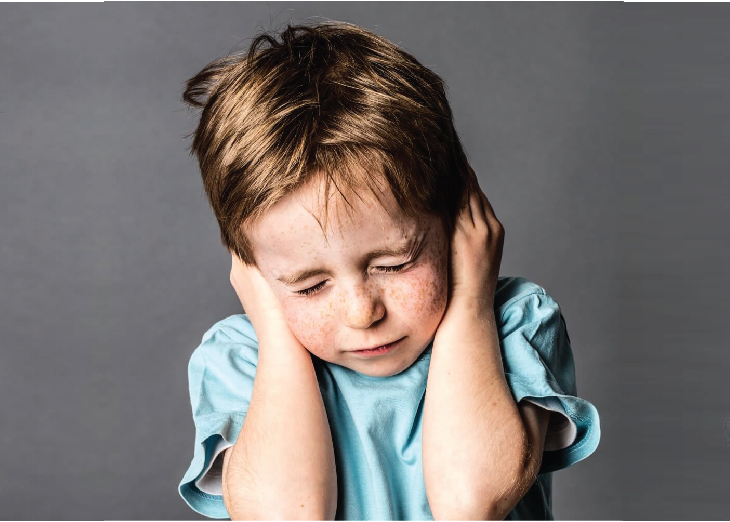
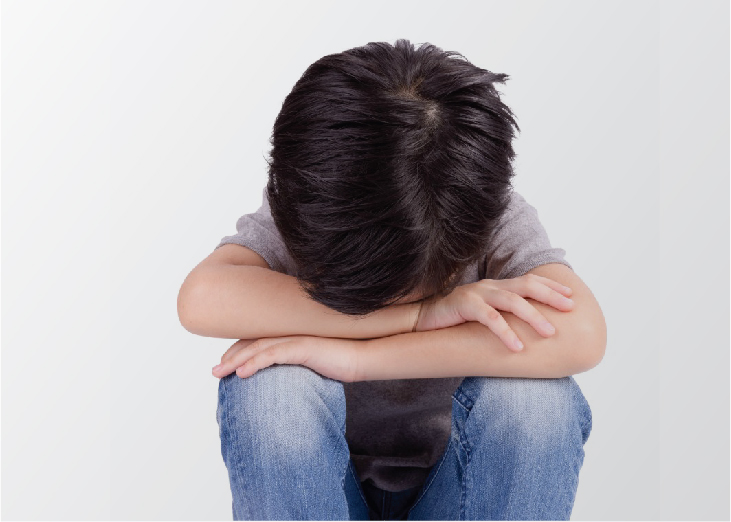
-Hypersensitivity to touch, movement, lights or sounds: This hypersensitivity can be manifested in behaviors such as irritability or withdrawal when touched, avoid certain textures of clothes or meals, distraction or reactions of fear of movement in ordinary activities, such as the typical activities of recreational games.
-Hypo reactivity to sensory stimulation: In contrast to hypersensitive children, a hypo-reactive child may seek intense sensory experiences.
Treating children with Sensory Integration issues
In therapy, the child is usually guided through activities that change their abilities to respond appropriately to sensory input and carry out an organized and successful response.
When sensory integration therapy is successful, the child can process complex sensory information in a more efficient way than before. This can have important benefits. For example, an improvement in motor coordination can be documented by the child's ability to perform gross and fine motor tasks more skillfully at a level of complexity that would not be expected to be achieved without intervention.
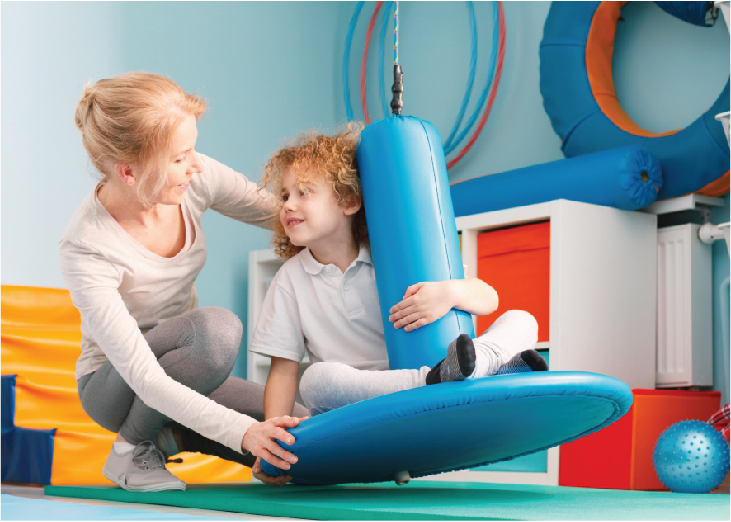
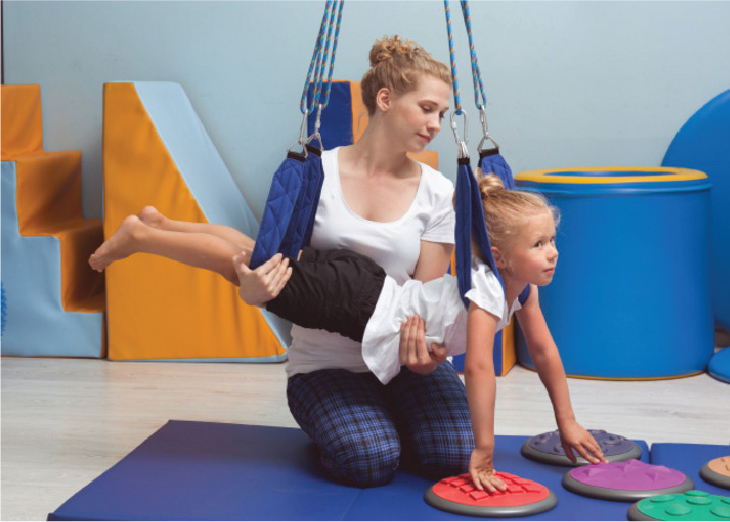
Moje Bambino knows that sensory integration therapy is a form of exercise that is becoming popular not only in professional rooms and centers, but at home parents are also more and more aware of the importance of developing the child's senses and the central nervous system.
We offer proper equipment for sensory integration by making sure that the place is interesting for the child, but at the same time not too 'stimulating'. The sensory space should be equipped with devices that will positively affect the development of balance.
